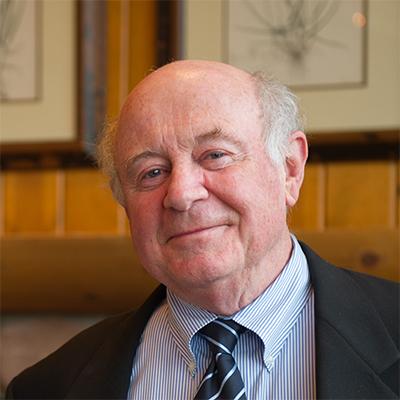Fourth in a CRPE Blog Series on Education Governance as a Civic Enterprise
Those who have done well under traditional school governance systems are frightened by the ideas of families choosing their schools, schools controlling their own budgets and staffing, and meaningful accountability structures encompassing all schools. When people see disadvantaged kids getting access to better schools and teachers being able to choose their colleagues, opposition may wane. But when leaders change, reforms—even when they’re working—are vulnerable.
Reform superintendents eventually retire, get pushed out, or decide they want to move on to other jobs; school boards turn over; and senior elected officials, like the mayors who have protected reform in many cities, are eventually replaced. Baltimore and Hartford are replacing their superintendents, and New York City is about to elect a mayor to replace Michael Bloomberg. Opponents of reform are seizing these opportunities to press for a return to the good old days of no choice, weak school leaders, central office slush funds, and no accountability.
Leadership turnovers don’t have to spell the end for governance reforms. We have already seen reforms survive leadership transitions in Denver, New York City, New Orleans, Los Angeles, and Hartford. Those cases make clear that sustaining reforms takes more than hope and good luck. It requires four things:
- Clarity about how the parts of reform fit together
- New supporters
- Disciplined use of evidence
- Bench-building
Reform leaders need to make clear how the parts of their reform strategy work together—why, for example, school autonomy and pupil-based funding create conditions necessary for performance accountability. Nobody else will explain these linkages. The media report on isolated events and conflicts, not strategies. Even senior district leaders who see the CEO every day might not see how the parts make a whole unless the CEO tells them… and then tells them again. That’s why CRPE gives members of the Portfolio School District Network a framework of seven strategy elements, and rates every city’s progress on every one of them each year. Leaders can use this scheme to explain the whole strategy, describe progress, and point out what must still be done.
Reform will be short-lived if the political conversation is dominated by the teachers union, central office, and school board. School system CEOs and other reform leaders need to recruit allies: parents whose kids have better schooling options, teachers whose work life has improved, foundation and business leaders who care about the quality of life in the city, people with important knowledge and skills to impart who were kept out of teaching by licensing rules and closed union shops, new school operators, and nonprofits that provide services to schools. A district leader or mayor needs to take on the job of building and retaining the support of a new pro-reform coalition that can support work when the individual at the top is replaced.
A reform strategy based on performance accountability must use numbers, and do so transparently. Everyone should know how schools are to be judged and how decisions about openings, closings, and leadership changes will be made. Secret or overly complex formulas cause distrust, even if they are used with integrity. Clear, nonjudgmental presentations of data, like Colorado Growth Model performance matrices, give everyone the same facts. Without judging the merits of the recent charges against Tony Bennett, the former Indiana schools superintendent, the fact that school ratings could be fudged makes it hard to prove they weren’t.
Reform leaders need to build a leadership bench, by involving others in their work and visibly grooming successors. This has been the key to sustainability in every governance reform city but New Orleans, where Paul Pastorek recruited New Yorker John White to take his place. Even in that case, John White was one of the people Joel Klein had rotated through top jobs in New York City. As the number of experienced reform leaders grows, the bench will get deeper. But for now a serious local reform leader must work on succession from day one.
The opposition is strong and organized enough to put up a serious fight even if local reform leaders do everything I’ve suggested here. Ultimately, great results improve reform’s chance of surviving. But as the recent firing of Hartford’s Christina Kishimoto shows, reform leaders need to lay the groundwork so that their work outlasts their tenure and outlasts their opponents, for whom improving schools and saving kids is not enough.



